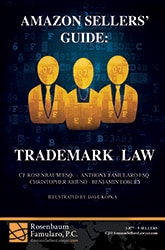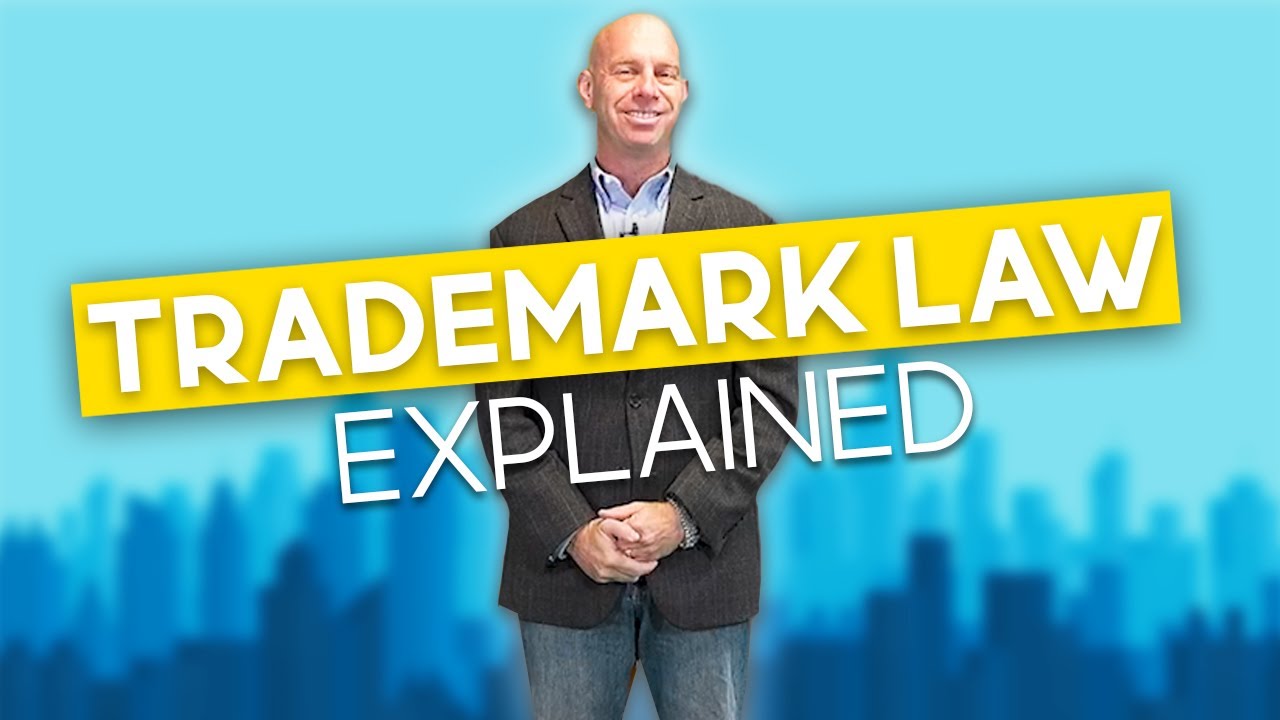
One way to police your brand’s mark(s) is to take advantage of outside resources such as the USPTO website.
The USPTO site has an online journal that is updated weekly which includes relevant information of patents and trademarks that have been granted on the date of issue. There are separate issues that are split up between the journal for patents and the journal for trademarks. Publications for the past year (52 weeks) can be found online.
Checking the USPTO Gazette can be extremely beneficial to you as an online seller. Not only does this make confirmation that your brand’s mark has been registered, but it also allows monitoring of products that could possibly be infringing upon your rights. Staying ahead of possible infringers is the name of the game. To retain your brand’s good reputation and protection, regularly scheduled checks are necessary.
Trademark Dilution
One way your private label mark can be harmed or infringed upon is through trademark dilution.
The Federal Trademark Dilution Act (“FTDA”) states that trademark dilution is:
“the lessening of the capacity of a famous mark to identify and distinguish goods or services, regardless of the presence or absence of (1) competition between the owner of the famous mark and other parties, or (2) likelihood of confusion, mistake, or deception.”
Trademark dilution is different than trademark infringement. Trademark dilution is when a party other than the trademark owner uses the mark, but for an unrelated good or service. This causes the uniqueness of the original mark to decrease.
For example, SuperCuts is a well-known mark for a hair care company. If a lawn care company decided to name themselves “Super Cut Lawn Service,” then the hair cut mark becomes less distinct. Now, when people say, “I am going to get a super cut,” it will not automatically mean a haircut across the consumer base.
A claim for trademark dilution also differs from trademark infringement in the aspect that a claim for dilution can only be brought for a “famous mark.” For a mark to be considered famous, courts consider several factors. The most common factors employed are the degree of distinctiveness and the level of recognition. Lesser factors that may be considered, depending on the court, are the duration of the mark and the geographic area in which it has been used.
If it is found that someone intentionally diluted your brand’s mark, you may be awarded monetary relief for any damages, profits, and litigation costs. For unintentional dilution, the remedy is usually restricted to injunctive relief only.
An exception to a trademark infringement by tarnishing is known as the parody exception. For the parody exception to sustain court examination, it must be found that no person could take the parody seriously and therefore it would not cause confusion. The elements required for a parody defense are: the original mark must be “famous”, the derivative or parody work results in a new original work, and it must be clever or unique enough to avoid confusion.
 For a more in-depth discussion of remedies and defenses for trademark dilution, please refer to our publication: Amazon Sellers’ Guide to Trademark Law.
For a more in-depth discussion of remedies and defenses for trademark dilution, please refer to our publication: Amazon Sellers’ Guide to Trademark Law.
Trademark Tarnishing
The FTDA protects against two types of dilution. The first type is dilution by tarnishment. This involves an unauthorized use of a brand’s mark that is linked to inferior quality products. If the unauthorized use damages the reputation of your mark, then it is trademark tarnishment. For example, if the lawn service company who used the SuperCuts mark did a poor job of tending to your lawn, then the reputation of the original mark would decrease.
In general, the standard for what actions constitutes tarnishment varies from state to state. However, the two main factors courts look to remain the same. A court will look at how famous the mark is and the distinctiveness of the original mark. The fame of your brand’s mark will have to be established before the other user began using the mark.
A well-known case regarding the level of fame a mark has is the VIP Products, LLC v. Jack Daniel’s Properties, Inc. Here, VIP Products made a product called “Bad Spaniels” and Jack Daniels sued for trademark dilution by tarnishment. The fame of Jack Daniels’ mark is almost unquestionable. This mark has been used for over a century and been seen by millions of Americans. Jack Daniels’ mark was definitely well-established and famous before the creation of “Bad Spaniels.”
It was also clear that VIP intentionally infringed on Jack Daniels’ rights by using names such as “Bad Spaniels,” “Old No.2,” and “Tennessee Carpet” while using a similar bottle size and shape as Jack Daniels. The court found that the similarities were too close and that these similarities would cause harm to Jack Daniels’ reputation as a brand. If the VIP mark was allowed to continue being used, the Jack Daniels’ mark would lose its significance as an identifier. Jack Daniels, an alcoholic beverage, could now be associated with toys for dogs or kids and the connection might be drawn that Jack Daniels condones underaged drinking. As a result, claim for dilution by tarnishment was successful and an injunction was granted.
The best way to avoid tarnishing another mark and to make sure the product(s) your brand is selling doesn’t infringe upon other marks, is to research registered marks continuously. Protecting your brand’s mark from dilution by tarnishment is as simple as registering your mark and keeping track of other competing products or other registered marks that could be infringing on your rights.
Trademark Blurring
Trademark blurring involves the whittling away of the distinctiveness and identifiability of a mark or product. Blurring makes a unique mark less unique and no longer indicative of a product or service when seen or heard.
The Trademark Dilution Revision Act (TDRA) defines dilution by blurring as:
“An association arising from the similarity between a mark or trade name and a famous mark that impairs the distinctiveness of the famous mark.”
The TDRA provides 6 factors to determine the likelihood of a mark causing dilution by blurring:
- the degree of similarity
- the degree of inherent or acquired distinctiveness of the famous mark
- the extent to which the owner of the famous mark is engaging in substantially exclusive use of the mark
- the degree of recognition of the famous mark
- whether the user of the mark or trade name intended to create an association with the famous mark
- any actual association between the mark or trade name and the famous mark
A famous case that involves trademark blurring is the Starbuck Corp. v. Wolfe’s Borough Coffee, Inc. case. In this case, Starbucks is suing Wolfe’s for blurring their mark by creating a coffee brand called “Charbucks.” Starbucks had a registered mark for “Starbucks” since 1985 and 12 years later, “Charbucks” came into creation.
Maintaining the mark for 12 years prior to the suit and the substantial amount of sales and popularity Starbucks attained shows the degree of recognition of their famous mark. In regard to the other factors for dilution by blurring, the lower court found that there was no substantial similarity between the famous mark and the competitor’s mark. However, the Court of Appeals disagreed and held that lack of substantial similarity alone is not enough to dismiss a dilution by blurring claim. The better test of whether or not the other mark is blurring the famous mark is to look at where the association between the two marks “impairs the distinctiveness of the famous mark.”
CJ’s Side Note: A court’s holding is the legal outcome as it applies to the parties of the case. This may have implications for other sellers if the holding is broad, or the holding may be only applicable to the parties in the lawsuit.
Policing Your Trademark Against Hijackers
The best way for sellers to protect their brand from trademark hijackers is to do research. It’s up to you as a private label seller to take opportunities available and use them to protect your brand.








